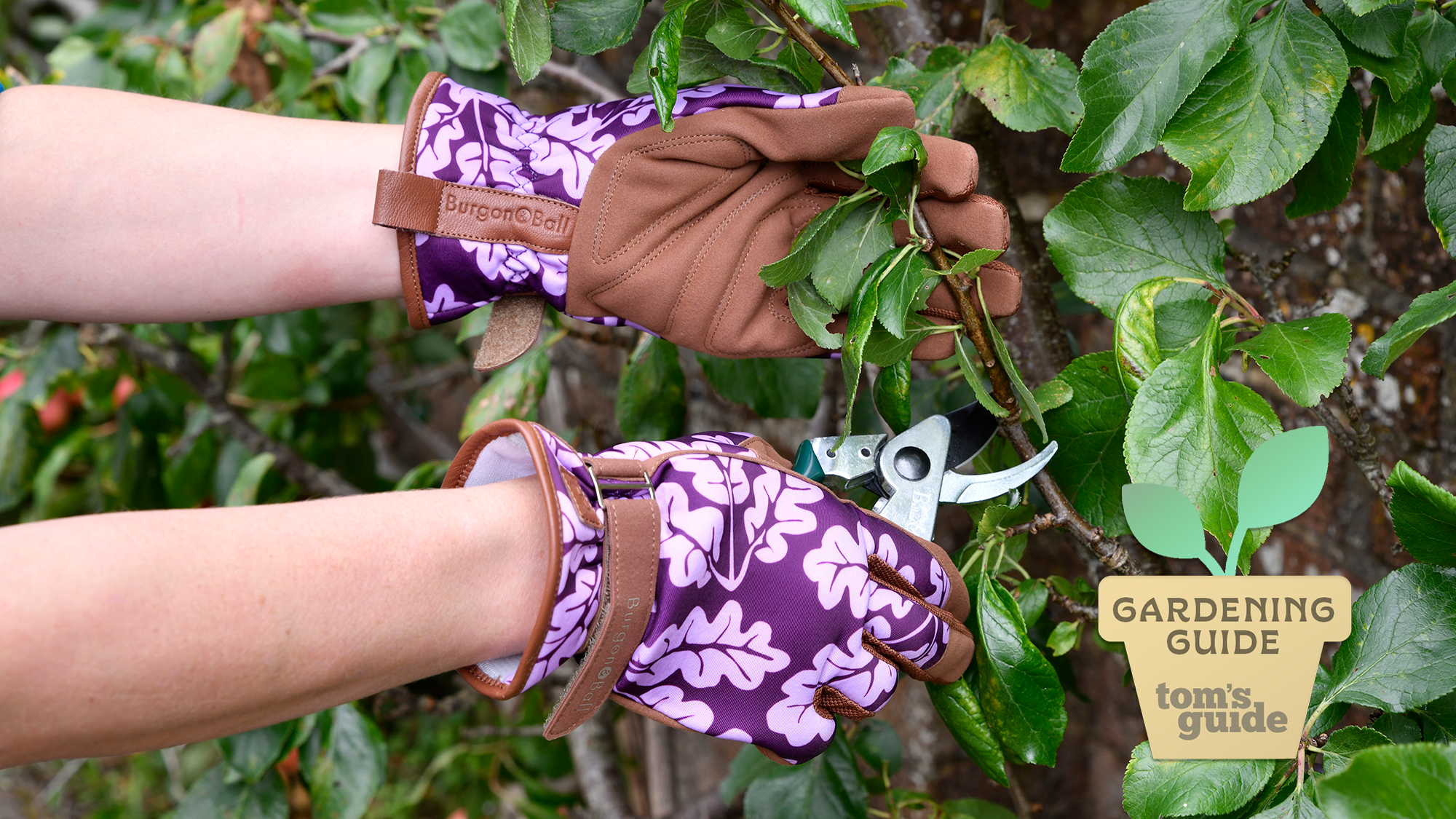5 signs that a bed topper is actually a mattress pad — and why that’s a problem
There's a big difference between a mattress pad and bed topper — here's how to tell
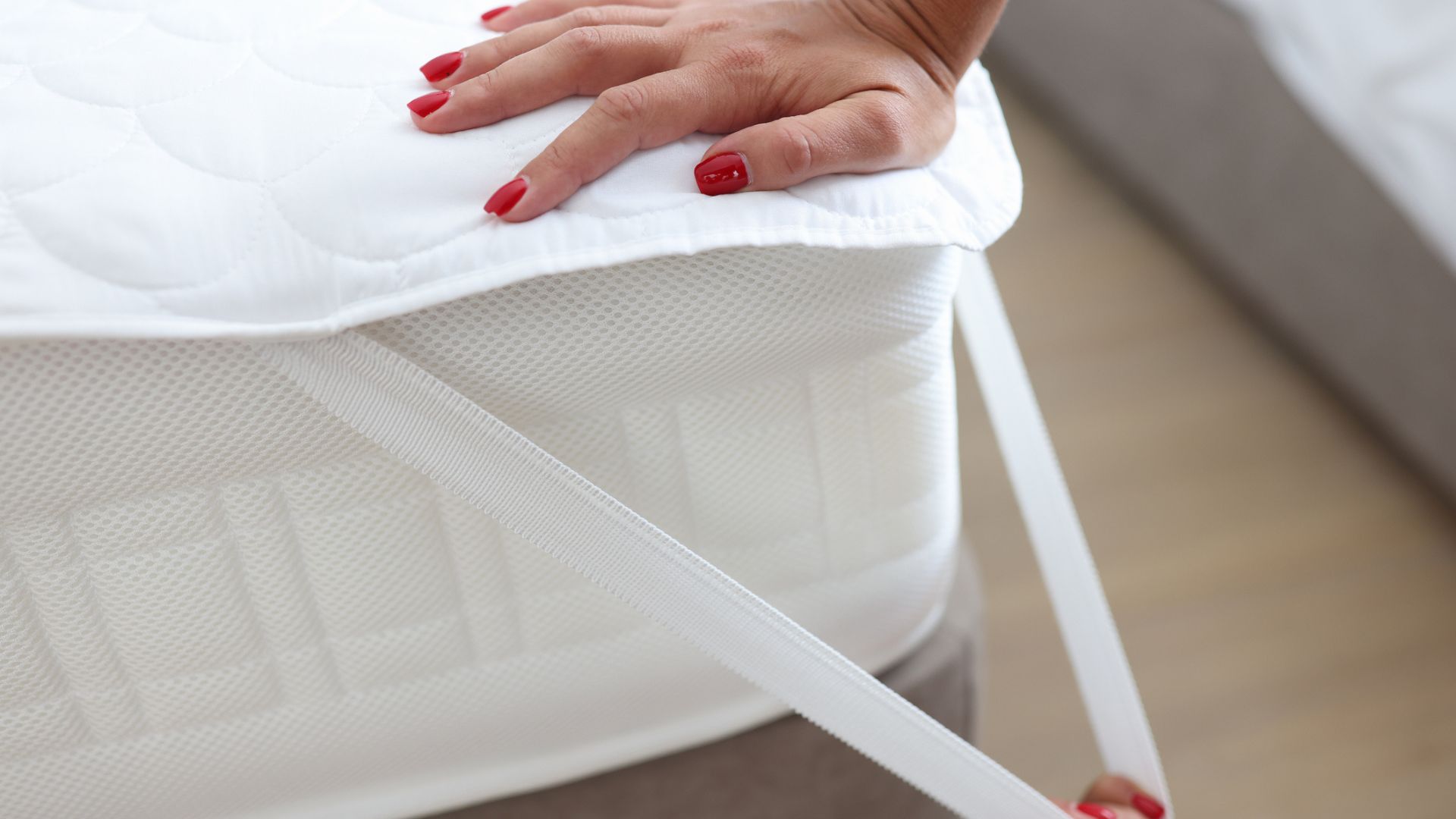
As a sleep writer, I've tried plenty of mattress toppers — so I know that these little comfort boosters really can make huge difference to both your bed and your sleep.
They're also cost-effective, saving you from splurging on a new mattress by refreshing your current one.
However, while many of the top picks in our best mattress toppers guide are available to buy at Amazon, I've recently noticed that many cheap mattress toppers on Amazon are actually mattress pads. But why exactly is this a problem?
There are actually huge differences between mattress toppers and mattress pads, and this difference could cost you the right comfort and support.
Here's a breakdown of why mattress pads aren't worth buying, and how you can avoid mistaking one for a bed topper in this month's mattress sales.
What's the difference between a mattress pad and mattress topper?
So, what's the difference between a mattress pad vs mattress topper?
A mattress topper is a layer of padding that you place on top (hence the name "topper") of your mattress to adjust your bed's feel.
They resemble a thin mattress and often have removable or non-removable covers to encase the padding. The covers are usually made from soft, breathable material such as cotton or wool, while the padding is typically made from foam.
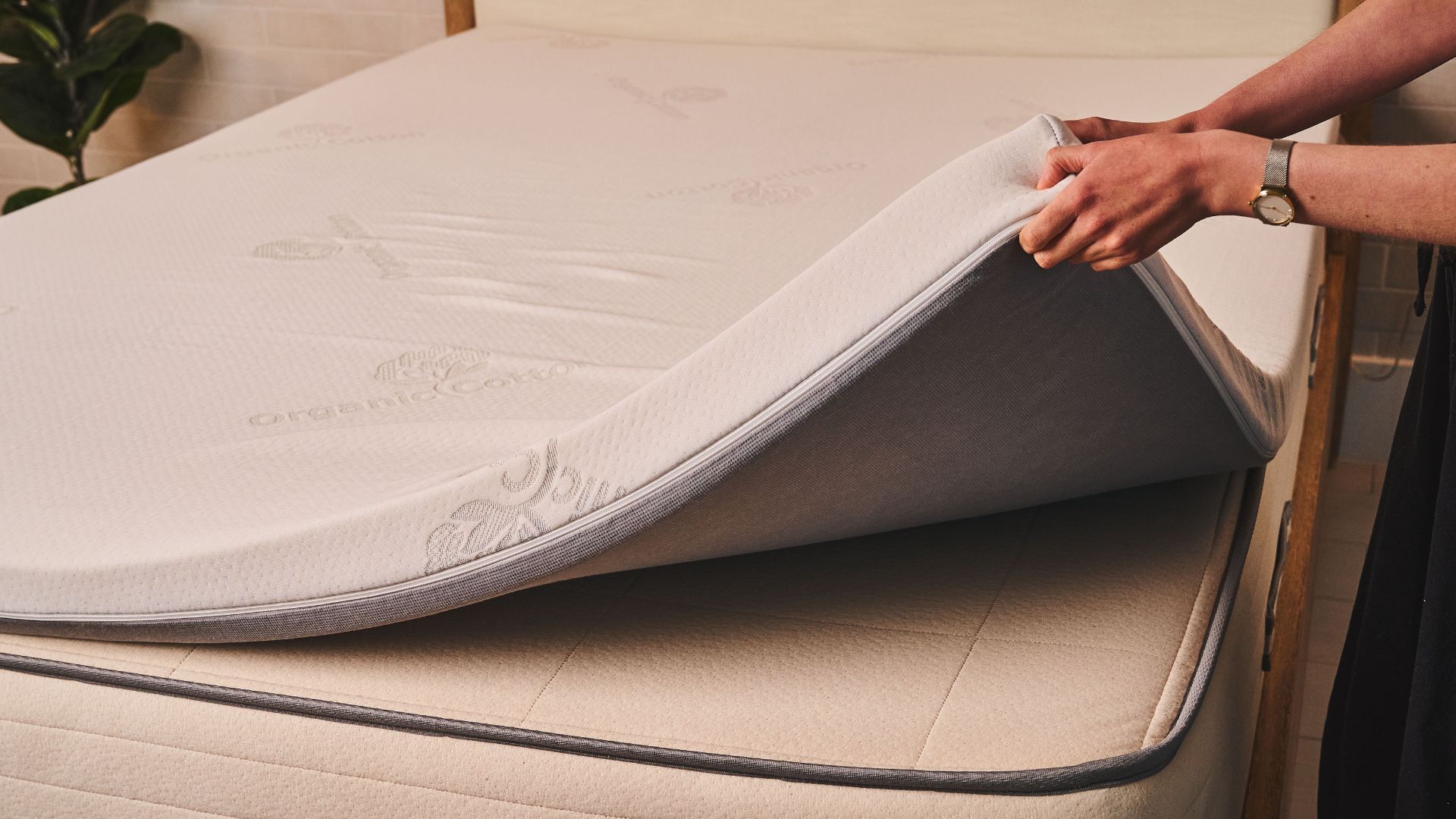
Memory foam toppers are the most popular, but you can also find mattress toppers filled with latex foam or even micro-coils (small flexible mattress springs).
Mattress toppers come in all heights and sizes, but most are 2" to 4" thick. These heights are thick enough to change the firmness of your bed but thin enough to keep your bed from becoming too tall.
Meanwhile, a mattress pad is more like a thin pillow that's big enough to cover your bed's surface. They are thinner than mattress toppers, and often resemble a quilted mattress protector or a quilted bed sheet.
They also often have a fitted design, with the cover made from cotton and the filling made from microfiber or down-alternative feathers.
Why you should avoid buying a mattress pad
Not too long ago, I bought a microfiber bed topper to soften up a firm mattress — or so I thought.
After placing the budget bed topper on my hard spring mattress in hopes of making it plusher, I quickly realised it was actually a mattress pad masquerading as a dirt-cheap mattress topper.
The thin down-alternative pad was too thin to make any difference to my too-firm bed. It provided no pressure-relief or softness and felt like a flat, de-fluffed pillow that had lost all its puffiness and support.
In short, the only thing it seemed good for was adding an extra layer of protection for my mattress.
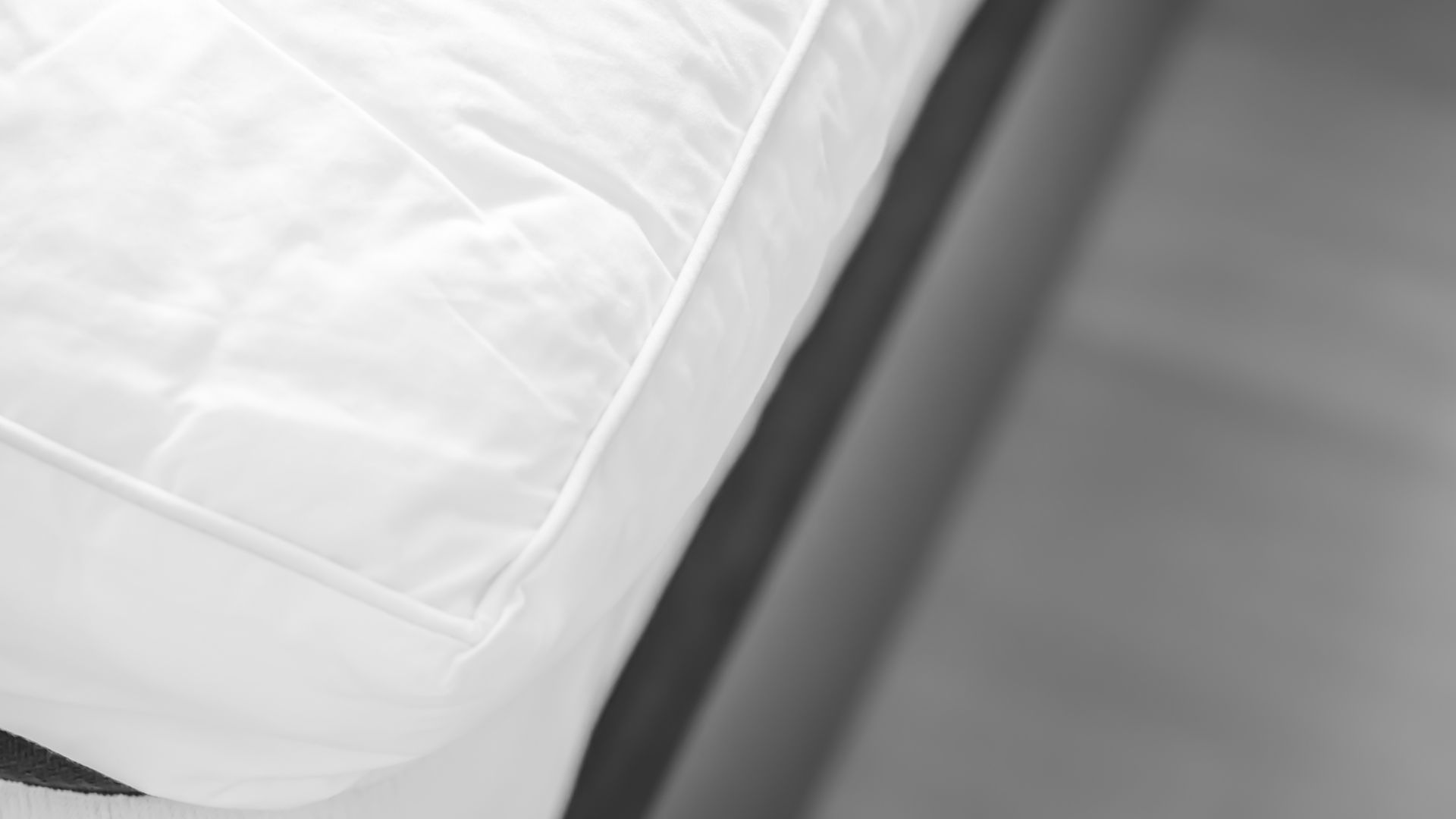
Mattress toppers, meanwhile, are built to completely alter your bed's firmness and feel. For example, some mattress toppers are designed to make your bed firmer, but the majority are designed to make your bed softer.
There are also mattress toppers that are designed to cool down your bed as well as adjust its firmness.
The 5 signs that a mattress topper is actually a mattress pad
1. It's thinner than 2 inches
While many mattress pads boast "deep pocket" fitted sheet designs that can cover tall mattresses, they aren't deep where it counts: your bed's surface.
The majority of mattress pads have a quilted pillow top that measures under two inches.
Anything under two inches is much too thin to make any change to your mattress's firmness or support, and you'll often still feel the hardness of your mattress underneath.
2. It's filled with microfiber or down alternative
While a design stuffed with soft, fluffy feathers may evoke the luxuriousness of a five-star hotel bed, they're not going to make a difference to your tired mattress.
Mattress pads are often labelled microfiber, synthetic-filled, hollow fiber, or down alternative mattress toppers.
However, these materials aren't dense or pressure-relieving enough to add support or body-contouring comfort.
Plus, they don't last as long as foam mattress toppers, as you'll need to replace them after one or two years when they lose their lustre.
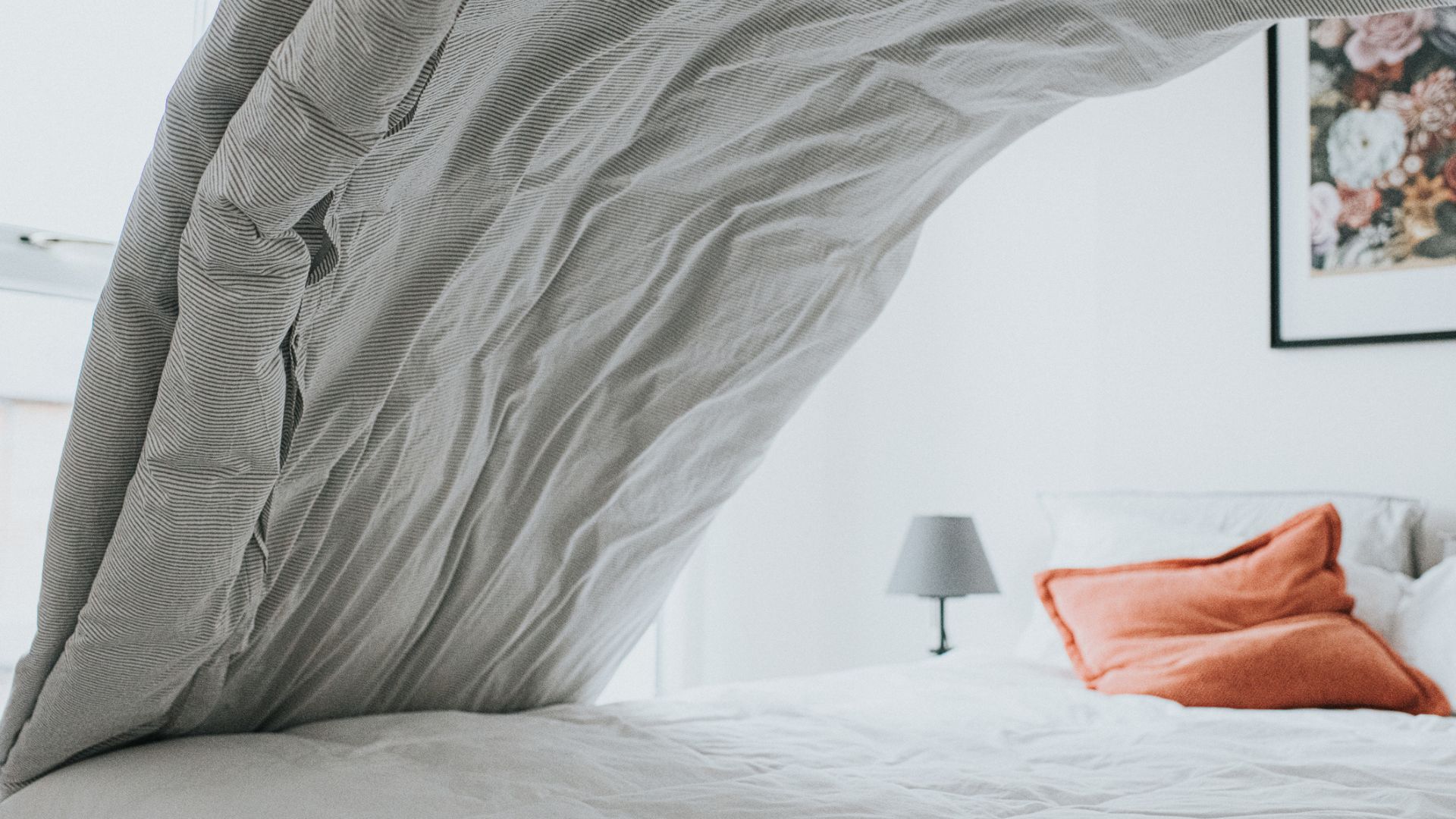
3. It's machine-washable and dryer-safe
True mattress toppers will only have a removable, machine-washable cover or a non-removable cover that's spot clean only.
If the website says the entire topper is machine-washable and dryer-safe, however, you're likely looking at a mattress pad.
While it's true that mattress pads are easier to clean than mattress toppers, it's also a sign that they have less sophisticated designs and materials.
Actual mattress toppers are too thick to place in the washing machine and contain advanced materials (such as copper gel-infused foam or microcoils) that will become easily damaged in the washing machine.
4. It's foamless
Foam has now become the quintessential material in the mattress industry thanks to its excellent pressure relief.
You'll find body-cradling foam in the best memory foam mattresses, foam comfort layers in the best hybrid mattresses, and natural latex foam in the best organic mattresses — so, it's only natural that today's mattress toppers would follow suit.
In fact, if a mattress topper doesn't boast a foam design, then it's almost definitely a mattress pad.
5. It's got a fitted, quilted design
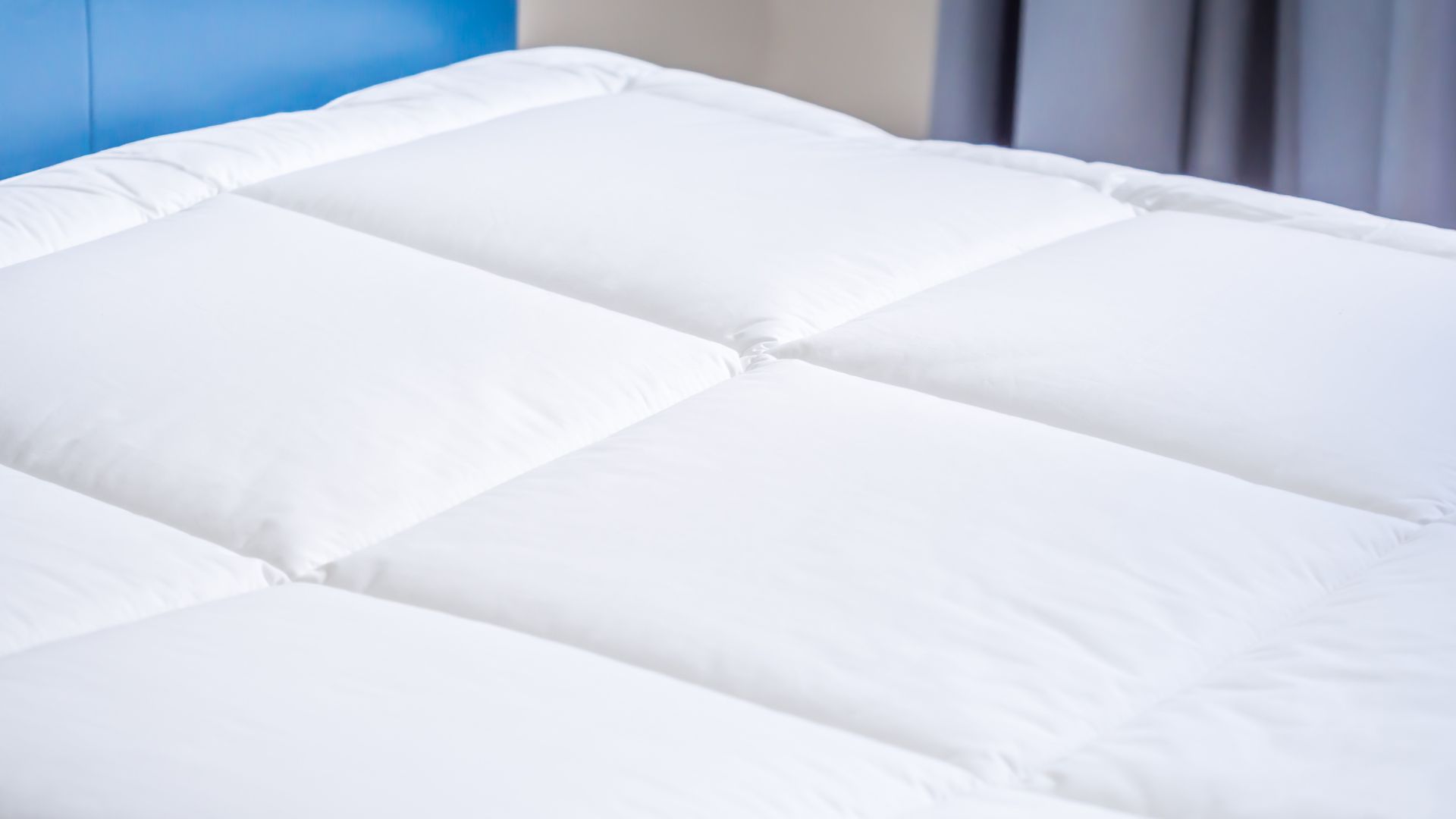
Last but not least, mattress pads (not all, but the majority) will have a quilted pillow top and a fitted sheet design.
While some high-quality mattress toppers do have skirted designs (check out our Puffy Deluxe Mattress Topper review) or a down-alternative pillow top (take a look at our Viscosoft Hybrid Lux Mattress Topper review), these toppers always contain a foam layer for support and comfort.
Sign up to get the BEST of Tom's Guide direct to your inbox.
Get instant access to breaking news, the hottest reviews, great deals and helpful tips.
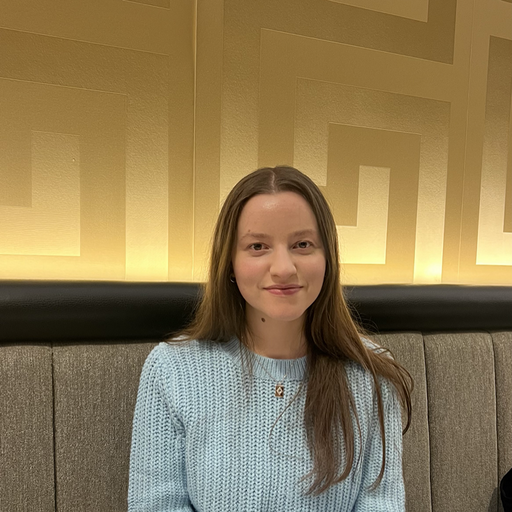
Frances Daniels is a PPA-accredited journalist and Sleep Staff Writer at Tom's Guide with an MA in Magazine Journalism from Cardiff University. Her role includes covering mattress and sleep news and writing sleep product reviews and buyer's guides, including our Best Hybrid Mattress 2025 guide. She is hugely interested in the relationship between good sleep and overall health, interviewing a wide array of mattress and sleep experts to create well-informed articles about important topics such as nutrition, sleep disorders (from sleep apnea to night terrors), lucid dreaming, sleep hygiene, and mattress care. She is also our specialist on mattress toppers — producing mattress topper reviews and taking care of our Best Mattress Toppers 2025 guide — and takes the lead on all content related to fiberglass-free mattresses for a clean, non-toxic sleep. Outside of Tom's Guide, she has written for Ideal Home, Homes & Gardens, and Marie Claire.
You must confirm your public display name before commenting
Please logout and then login again, you will then be prompted to enter your display name.
